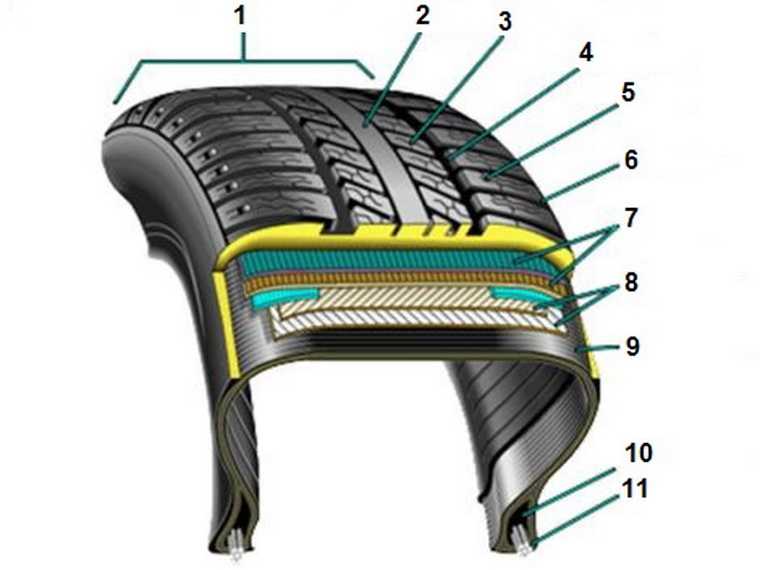Understanding section width is important for ensuring you get the proper tire size your wheel is capable of fitting. It can be a little confusing but we’ll cover the units of measurement, where to measure, and other important tire size widths that are related to section width.
Split Rims vs Tubeless Tires | Whic...
Please enable JavaScript
Split Rims vs Tubeless Tires | Which is Best and Safest?
What Is Section Width On A Tire?
The section width (in millimeters) is the first number included in the tire size sequence. It is the measurement from the widest point on the inner sidewall to the outer sidewall. Not including raised lettering and other decorative and protective protrusions.
There are different tire widths that people measure and different reasons for a mounting narrower or wider tire to the wheels on your vehicle.
Let’s take a closer look.
Section width is the measurement from inner sidewall to outer sidewall when properly mounted, inflated, and without vehicle load. The measurement is in millimeters and doesn’t include ornamentation molded into the sidewall such as the lettering, protective ribs, and similar extensions that aren’t part of the structural sidewall.
The tire’s section width is the first number of the tire size sequence. The section width is measured in millimeters and is usually 3 digits followed by a forward slash.
Measuring the section width of your tire requires beginning with it mounted onto an appropriately sized wheel with the correct wheel diameter and rim width for the tire being measured.
The tire must be inflated to the proper air pressure but not mounted onto a car or truck for measurement.
Measurement is performed using a tool that can properly span the entire width of the tire and accurately contact the widest point on each sidewall.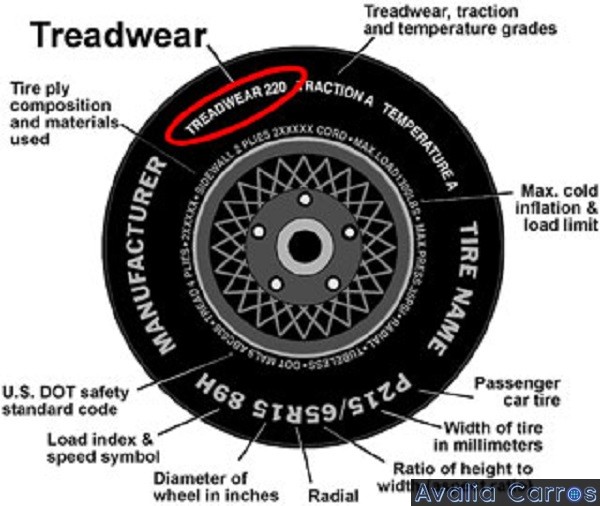
Official measurements are performed with the tire mounted to an industry assigned measuring rim.
The aspect ratio (also know as section height) of a tire is a percentage of the tire’s section width. The tire’s width and aspect ratio are linked and changing one will have an affect on the measurement of the other.
The aspect ratio can be a complex topic in and of itself so we created an article specifically for explaining aspect ratio.
Tread width is the measurement from the inner tread edge to the outer tread edge. Tread width isn’t included as a number with the tire size sequence and it is not listed on the sidewall of the tire.
Section width is usually slightly wider than this measurement since it includes the sidewall and any slight bulge that may be a part of the sidewall. These measurements are very similar and the names are sometimes used interchangeably.
Measuring the tread width is difficult to do accurately since tread shoulders can either be very well defined or very gradual. This makes them a poor metric to unify around.
This makes them a poor metric to unify around.
The tire section width is very slightly less than the overall tire width. The overall width is slightly greater since it includes lettering, protective ribs, and other elements tire manufacturers may include on a tire’s sidewall.
Measuring the overall width is difficult to do accurately since the tallest protrusion from the sidewall must be found and measured to the tallest protrusion on the opposite sidewall. This makes them a poor metric to unify around.
Specific tire widths require specific a rim width. However, one rim width is capable of accommodating multiple tire widths. Slightly wider tires or slightly narrower tires can be mounted to the same rim.
By increasing or decreasing the width of your contact patch you can increase cornering performance or reduce fuel consumption.
It should be noted that changing a tire’s width will change the tire’s section height slightly which will affect the overall diameter slightly.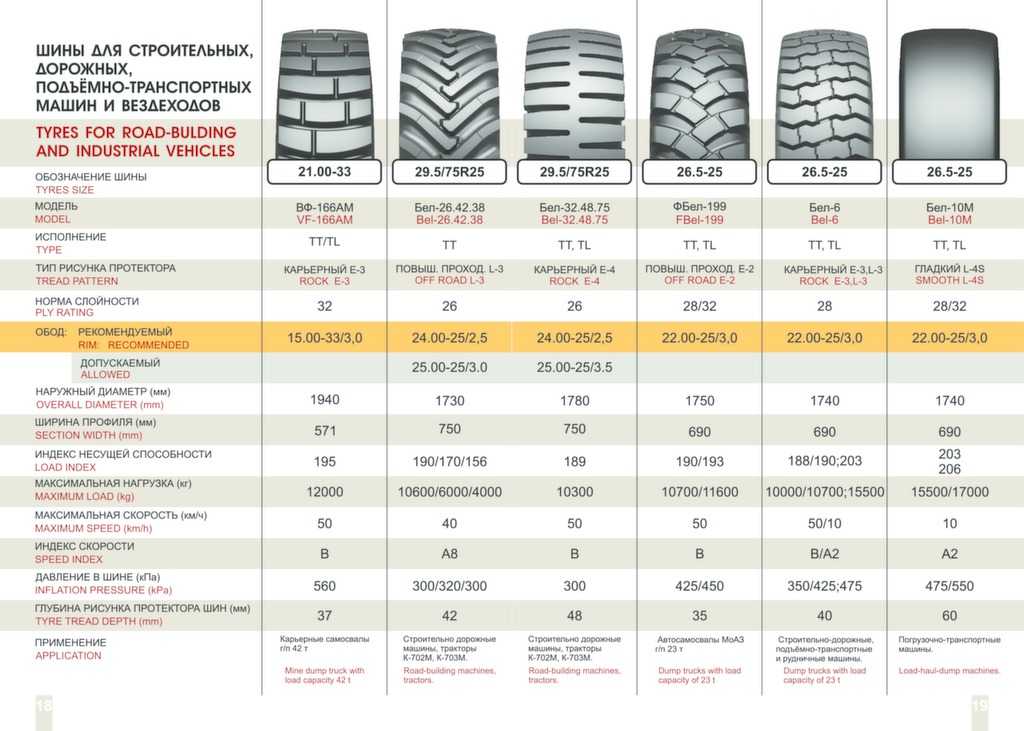 This can have a minor impact on speedometer readings.
This can have a minor impact on speedometer readings.
Rims are measured from bead seat to bead seat. This means that when measuring rim width you will measure from the inside of one rim lip to the inside of the other lip.
Below is a chart/table of rim widths and tire section widths of recommended minimum, maximum, and ideal section widths for common wheel widths.
| Wheel Width | Min Section Width | Ideal Section Width | Max Section Width |
|---|---|---|---|
| 5.0″ | 155mm | 165-175mm | 185mm |
| 5.5″ | 165mm | 175-185mm | 195mm |
| 6.0″ | 175mm | 185-195mm | 205mm |
6.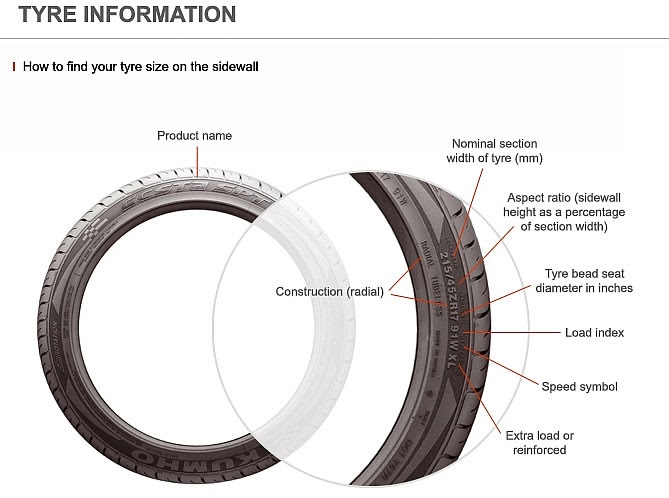 5″
5″ | 185mm | 195-205mm | 215mm |
| 7.0″ | 195mm | 205-215mm | 225mm |
| 7.5″ | 205mm | 215-225mm | 235mm |
| 8.0″ | 215mm | 225-235mm | 245mm |
| 8.5″ | 225mm | 235-245mm | 255mm |
| 9.0″ | 235mm | 245-255mm | 265mm |
| 9.5″ | 245mm | 255-265mm | 275mm |
10.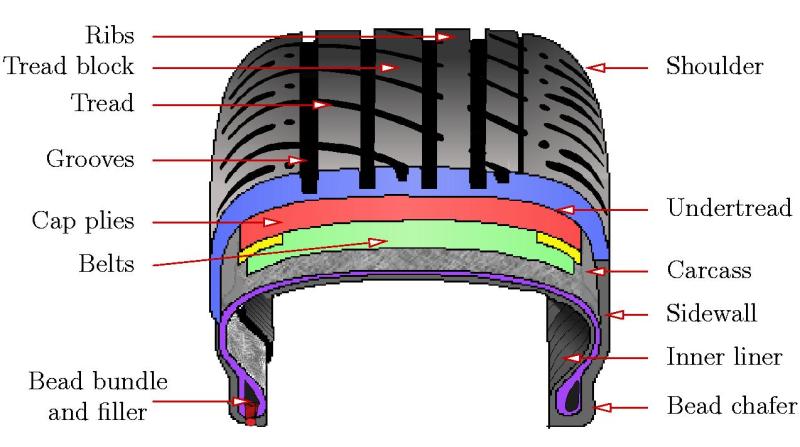 0″ 0″ | 255mm | 265-275mm | 285mm |
| 10.5″ | 265mm | 275-285mm | 295mm |
| 11.0″ | 275mm | 285-295mm | 305mm |
| 11.5″ | 285mm | 295-305mm | 315mm |
| 12.0″ | 295mm | 305-315mm | 325mm |
| 12.5″ | 305mm | 315-325mm | 335mm |
| 13.0″ | 315mm | 325-335mm | 345mm |
13.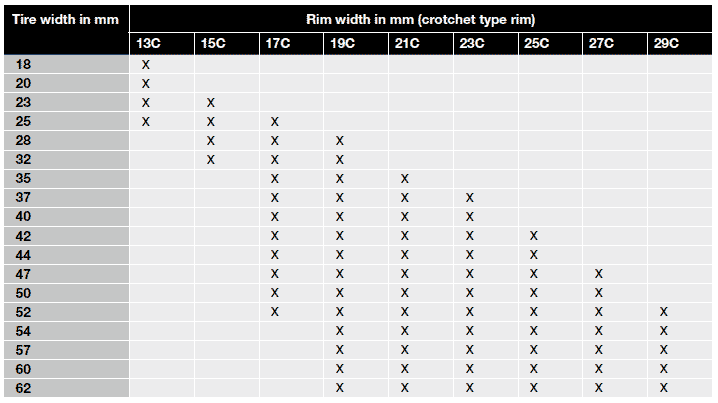 5″ 5″ | 325mm | 335-345mm | 355mm |
| 14.0″ | 335mm | 345-355mm | 365mm |
Below are some links you may find helpful when learning about tires
Section widths can seem confusing, and if I’m honest, it can get a little overwhelming if you’re new to tires.
Hopefully you know have a good understanding of the differences between section, tread, rim, and overall width.
Good luck and happy motoring.
Will Creech
Will has been an automotive enthusiast since he was old enough to make engine sounds. Formerly a member of the contract training team at Discount Tire, he is unusually knowledgeable on all things related to tires. He is now the owner of and main contributor to TireGrades.com.
He is now the owner of and main contributor to TireGrades.com.
Search by Keyword
There are 3 common width measurements when talking about tires.
 )
)The measurements listed on a tire's sidewall are the product of a standardized system that is used by all tire manufacturers. A tire's section width is measured:
The width of the measuring rim is determined by the tire size. The assigned measuring rim width changes with the tire's Section Width and Aspect Ratio. The narrow measuring rims are assigned to narrow tires with taller sidewalls. The wider measuring rims are assigned to wider tires with lower profiles.
| Tire Size | Measuring Rim Width |
| P175/75R14 | 5.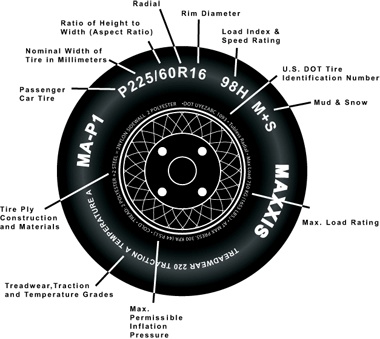 0 in. 0 in. |
| P195/75R15 | 5.5 in. |
| P215/75/R15 | 6.0 in. |
| P235/75R15 | 6.5 in. |
| P225/75R15 | 6.0 in. |
| P225/70R15 | 6.5 in. |
| P225/65R16 | 6.5 in. |
| P225/60R15 | 6.5 in. |
| P225/55R15 | 7.0 in. |
| P225/50R15 | 7.0 in. |
| P225/45R17 | 7.5 in. |
| P225/40R18 | 8.0 in. |
Manufacturers also designate a minimum and maximum wheel width that a tire can be safely mounted on.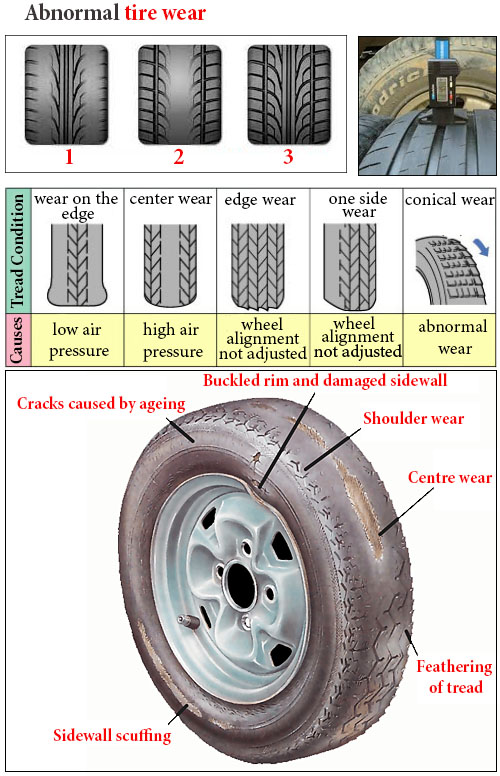 The width of the rim will affect the section width of the tire.
The width of the rim will affect the section width of the tire.
Answer ID 4652 | Published 06/21/2016 09:23 AM | Updated 03/06/2019 03:22 PM
Tire profile width is an important indicator for car owners. This is the distance between the sidewalls of the tread, it must be specified by the manufacturer. You can find markings on the type 195/65 R16, 165/65 R15 on the side of the product or in the product card of a specialized store. Here, together with a consultant or independently, you can choose summer or winter tires for a car of the desired width.
Manufacturers in one series produce several tire models with different projector widths. This indicator will directly affect several factors:
 When choosing, you should focus on the manufacturer's recommendations.
When choosing, you should focus on the manufacturer's recommendations. Narrow tires perform well on poor and uneven asphalt or concrete surfaces.
Often it is the width of the rubber that determines the comfort index, the handling and stability of the car, the level of driving safety. This indicator also affects the appearance of the car. Wide tires look presentable, they immediately change the perception of the car. However, they increase the rolling resistance index, which will lead to increased fuel consumption. It is important to understand that such a product is not suitable for every car.
Narrow products are often cheaper, therefore they are recognized as universal and in demand.
Wide and narrow tire contact patch Photo: ascania-shina. com
com
Wide tires have a large contact patch with the road. This will lead to an increase in the level of resistance, because fuel consumption will increase. The higher the weight of the vehicle, the faster and more fuel is consumed. However, it is wide tires that become a real find for those who love high-speed driving.
The advantages of such products include a number of important factors:
With wide tires, you can easily cover the required number of kilometers. If necessary, the motorist will be able to accelerate, brake sharply, without the danger of entering a turn at speed.
On the site https://ascania-shina.com/ you can find suitable tires, including universal narrow ones. They are ideal for winter, provide excellent grip and traction. The tire will easily pass along a narrow snowy track, cope with a large amount of melt water and snow "porridge". It is these products that are chosen more by those who prefer to drive a lot of time on a suburban highway. For many motorists, narrow tires are preferred, which are resistant to hydroplaning, drain water well, and reduce fuel consumption.
The section width of a car tire is the distance in mm between the outer sides of the sidewalls of the tire when inflated, while the calculation does not include various elevations on the sidewalls, such as markings, finishes, upholstery, etc.
Metric Tire Section Width is marked on the side of the tire as eg 225/45 R17, where 225 is the tire section width in millimeters.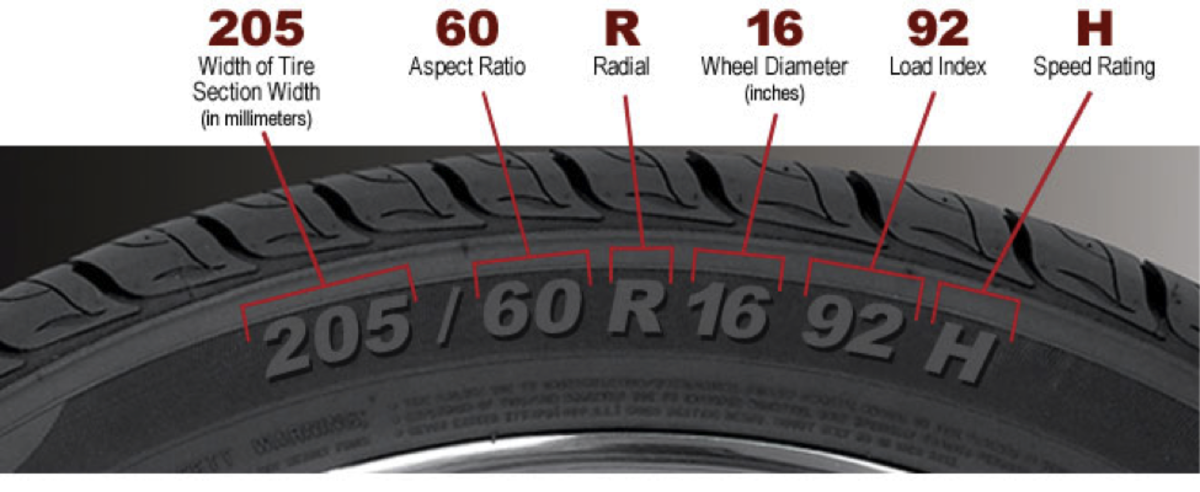
In contrast to the tire profile, which must be calculated as a percentage of the width of the rubber profile, the width is immediately indicated on the tire. Metric tires can be quickly converted to inches if you need to find the right tires to replace inch tires or to properly fit inch tires to tires with metric width markings. To accurately calculate tire width, remember that 1 inch = 2.54 centimeters.
Inch Tire Section Width is most commonly found in American SUV and sports car tire manufacturers. On the sidewall of an inch wheel, you can find a designation that will indicate the dimension, for example, 31x10.5 R15, where 10.5 is the designation of the tire width in inches. To calculate the metric wheel width, you need to multiply 10.5 inches by 2.54 centimeters, and we get: 10.5 inches \u003d 26.67 centimeters, which corresponds to 265 metric tire sizes.
What affects the width of the tire section? - a fairly popular question among car owners who, for one reason or another, would like to go by increasing or decreasing the tire width for their car.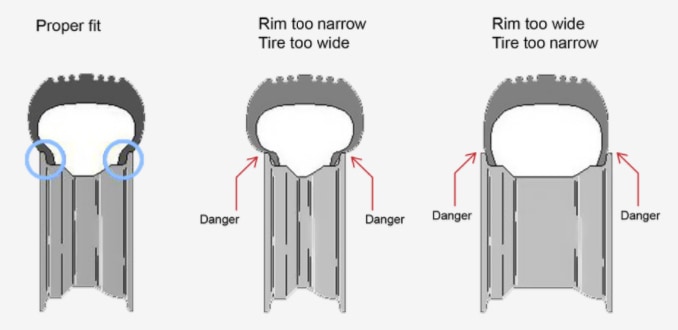
As a rule, the majority of car owners first of all think about increasing the width of the tire. A wide tire will give the car a sporty look, it will look great on any car, but it will not always improve the safety and driving pleasure of a car with wide tires. For each particular car, the optimal tire width is calculated relative to the weight and power of the car and has its own limits, within which any tire width can be installed on the car.
Most often, the issue of narrow car tires arises due to a lack of funds to purchase the sizes recommended by the manufacturer.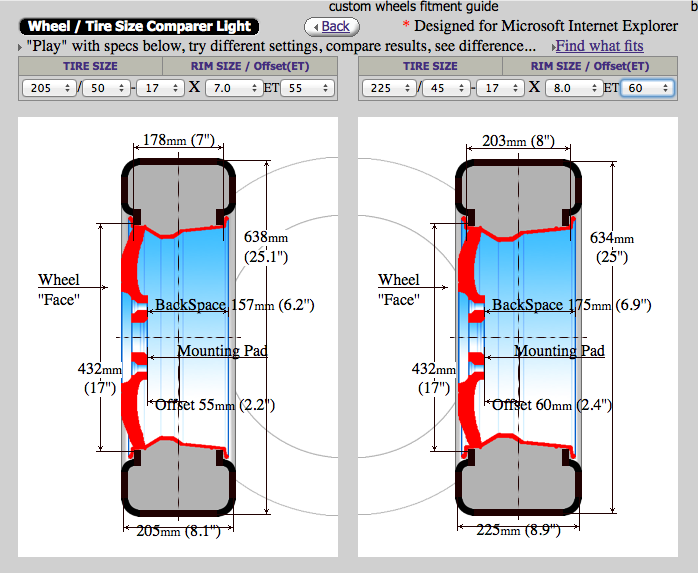 It is difficult to imagine another reason why a car owner would deliberately go for putting tires on his car narrower than recommended by the automaker. Nevertheless, there are a variety of situations in which narrow wheels may appear on a car. What to expect from the behavior of a car with narrow tires?
It is difficult to imagine another reason why a car owner would deliberately go for putting tires on his car narrower than recommended by the automaker. Nevertheless, there are a variety of situations in which narrow wheels may appear on a car. What to expect from the behavior of a car with narrow tires?
To the question: Which tires are better wide or narrow? - you can answer in such a way that for each machine and its operating conditions it is necessary to select the optimal tire width option, within the limits recommended by the manufacturer.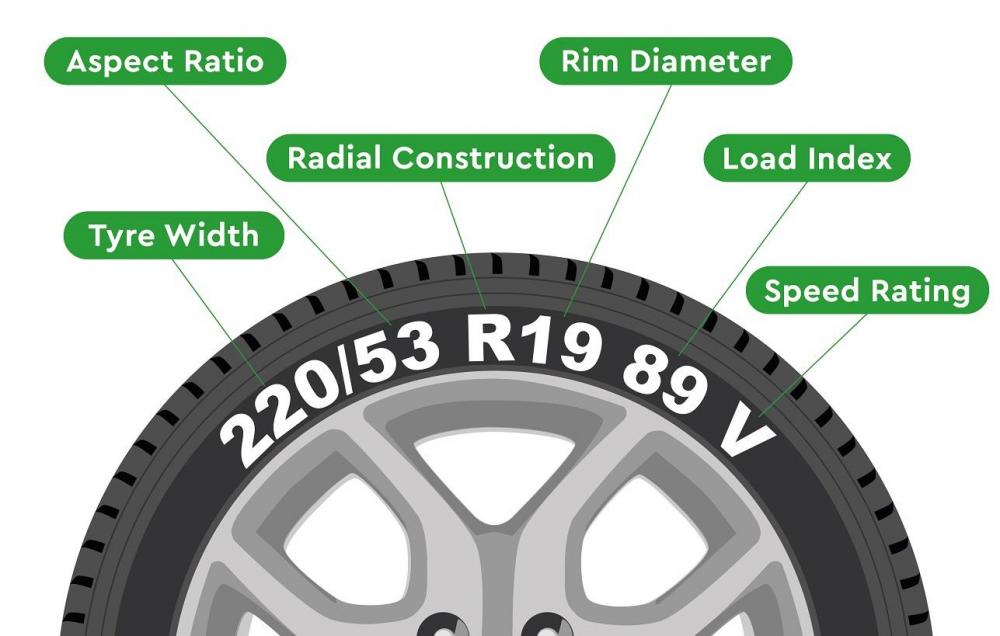 If you follow the recommended dimensions, you can change the width of the rubber with virtually no change in the behavior and safety of the car.
If you follow the recommended dimensions, you can change the width of the rubber with virtually no change in the behavior and safety of the car.
It is possible to follow the path of a significant increase in the width of tires in excess of the recommended sizes if the car has increased power, improved driving performance, by installing reinforced and improved spare parts. By increasing the width of the tire beyond the norm, it must be understood that safety on a wet road is significantly reduced, therefore, in this case, a car with wide tires must be used very carefully or completely refrained from using. A significant increase in the width of the tire profile will require an increase in the width of the disk.
It is not the best way to reduce the width of tires beyond the limits recommended by the car manufacturer, in this case, safety is significantly reduced even on dry pavement, not to mention wet weather. Narrowing the tire width beyond the norm set by the auto manufacturer will require replacing the disks with narrow options.